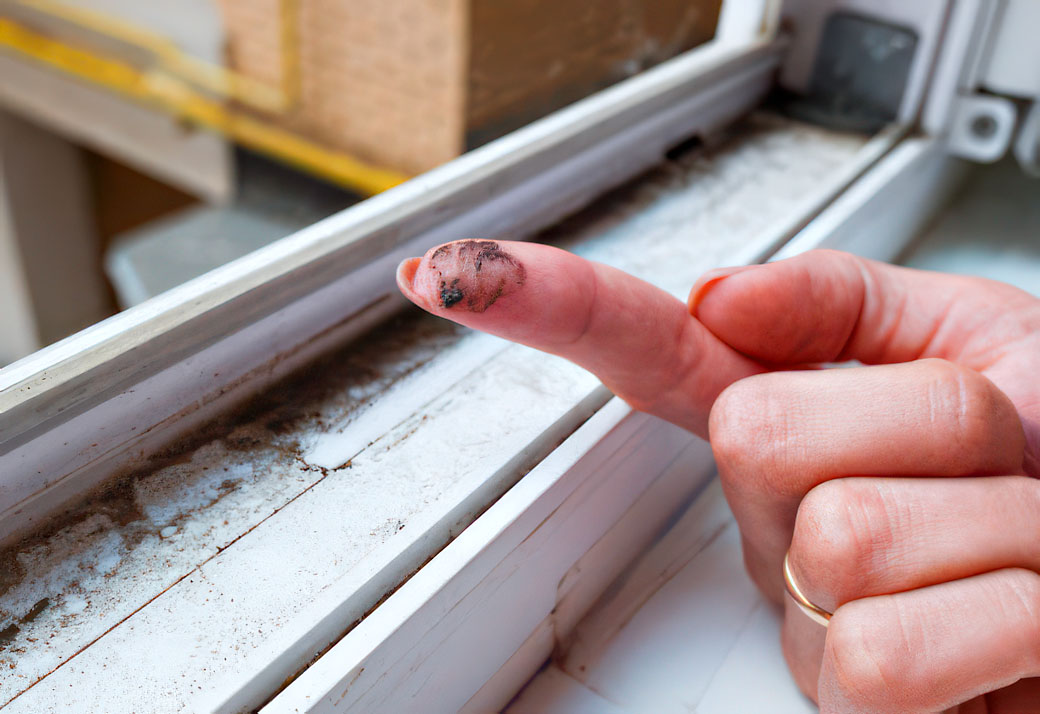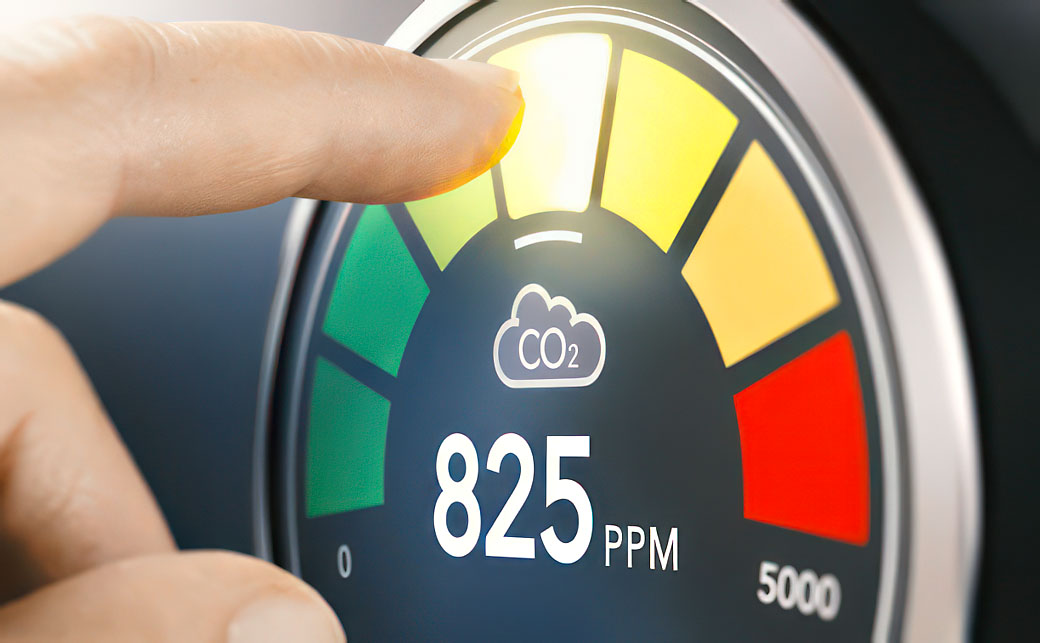
Are Air Purifiers Worth the Hype?
Buzzwords like 'HEPA' and 'activated carbon' get thrown around, but amidst the marketing claims, does an air purifier make a tangible difference in your home? Intrigued, we decided to find out!
The Air Quality Experiment
Our team wanted to cut through the hype and bring you real-world results. Here's our approach:
- Tested Multiple Models: We selected air purifiers across price ranges, including both popular brands and lesser-known ones to provide a broad perspective.
- Real-World Setting: Tests were done in an average-sized bedroom, introducing common pollutants (dust, pet dander, light smoke simulation) for realistic scenarios.
- Data-Driven: We used an air quality monitor to track changes in PM2.5, VOC levels, and overall air quality index (AQI), providing scientific evidence.
What We Discovered: Key Takeaways
1. Air Purifiers DO Work (With Caveats)
Across the board, every tested purifier reduced pollutants over time. This confirms that air purifiers aren't just a gimmick, but a powerful tool for improving indoor air quality. However, thoughtful selection is crucial to reap the full benefits.
Discover the top-performing air purifiers that consistently deliver results. These two factors played a HUGE role in their success:
- Room Size Matters:A small purifier in a large space was far less effective. Matching coverage area is key.
- It's Not Just About Power:A tiny purifier with a powerful motor might *eventually* clean a large room, but it will be inefficient and noisy.
- Think Air Exchanges:Purifiers are rated in CADR (Clean Air Delivery Rate). This needs to align with your room size for optimal air changes per hour.
- Practical Tip:Slightly exceeding your room's square footage with the purifier is often better than undersizing it.
- Speed Isn't Everything: Surprisingly, the priciest model wasn't always the fastest at clearing the air.
- The CADR Factor:CADR does indicate speed, but also efficiency based on the filter type. A high CADR with a less effective filter might not be ideal.
- Real-World vs. Lab Tests:CADR is measured in ideal conditions. Your room layout, airflow, and type of pollutants impact real-world speed.
- Consider Your Needs:Is fast allergy relief your top priority, or is consistent background filtration against smoke or odors more important?
Bottom Line: Choosing the right air purifier is like finding the perfect pair of shoes both size and function matter for the best results!
2. HEPA is Still King (Mostly)
Air purifiers with true HEPA filters consistently outperformed ones with 'HEPA-like' alternatives, especially for tiny particles. But why does this distinction matter so much? Let's break down the science and the practical implications:
- The Power of 0.3 Microns: True HEPA filters must capture at least 99.97% of particles down to the incredibly small size of 0.3 microns. To put that in perspective, a human hair is about 50-100 microns wide! This microscopic filtering ability means HEPA targets:
- Allergy Triggers: Dust mites, pet dander fragments, pollen, and many mold spores fall within this size range.
- Lung Irritants: Smoke particles, combustion byproducts, and pollution that penetrate deep into the lungs can be captured.
- Microbes: While filters don't trap all viruses (which are tinier), HEPA removes some bacteria and the particles they can 'hitchhike' on.
- The Problem with 'HEPA-Like':
- No Universal Standard:'HEPA-type', 'HEPA-style', or similar terms aren't regulated. Efficiency with the smallest particles can vary wildly.
- Marketing vs. Reality: Some filters using these terms might remove 90%, even 80%, of particles at 0.3 microns. That leaves a lot of irritants behind.
- It's a Spectrum: Some 'HEPA-like' filters are better than others, but without specific certification, it's a gamble.
Beyond the Test: Real-World Impact
- Severe Allergies:HEPA offers the most reliable reduction of triggers. While not a cure-all, it creates a much cleaner baseline.
- Sensitive Individuals:For anyone with asthma, respiratory issues, or heightened immune concerns, the consistent filtration of HEPA provides greater protection.
- 'I Just Feel Better':Even those without diagnosed conditions often notice reduced stuffiness, less dust, and easier breathing in rooms with true HEPA purifiers.
True HEPA is *generally* the superior choice, it's not the only factor to consider. A well-rounded air purifier with a slightly less effective filter might outperform a 'true HEPA' model that's underpowered for your room size, noisy, or lacks essential features.
To help you make an informed decision, we've meticulously tested and compared a variety of models. Explore our top recommendations for different needs and budgets:
- Best Overall: LEVOIT Core 300
- Quietest Operation: Elevate Your Home : PuroAir 240 HEPA 14
- Best for Allergies: Coway AP-1512HH
By understanding your priorities and researching your options, you can find the perfect air purifier to enhance your home's air quality and improve your well-being.
3. It's Not Just About the Filter
While the filter is crucial, our tests revealed other aspects that make a significant difference:
- CADR Matters:A high CADR suited to your room size leads to faster cleaning and more efficient air purification.
- Noise Levels:A purifier you have to turn off because it's too loud defeats the purpose! Consider noise ratings, especially for bedrooms.
- Smart Features: Air quality sensors, automatic modes, and app control can greatly enhance convenience and optimize purification based on real-time needs.
Who Benefits Most from an Air Purifier?
- Allergy Sufferers:A significant decrease in dust and pet dander was observed, which can be a game-changer.
- City Dwellers:Pollution can seep indoors. Air purifiers add a layer of protection.
- Homes with Pets:While they won't banish pet dander entirely, they significantly reduce airborne amounts.
- The Odor-Sensitive:Models with activated carbon filters made a noticeable difference in removing cooking and smoke smells.
Trending Articles











